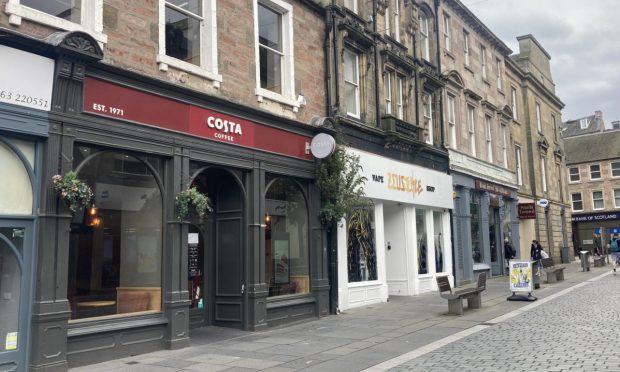Scientists at the University of Highlands and Islands in Inverness are leading what is believed to be the first study into how patients with a stoma can exercise safely.
Principle investigator Professor Gill Hubbard said stoma patients, many of whom have had bowel cancer surgery, are wary of physical activity, even though the benefits to health and wellbeing are widely known.
She said: “They have many worries which makes them reluctant to exercise – will the stoma leak? Will they get a hernia? Will physical exertion have a damaging effect on their abdominal muscles?”
Her five-strong team, funded by the charity Bowel and Cancer Research, sought out literature and guidelines to help what she calls ‘a neglected group’ – an estimated 100,000 ostomates in the UK.
Prof Hubbard said: “Most of the available advice came from a negative perspective: for example, how to prevent a hernia, and the risks of heavy lifting.
“So on the one hand patients are advised to undertake physical activity to strengthen their core. On the other, they are bombarded with warnings about what might happen if they do. In the end, they are left trying to work out what’s best for themselves.”
The researchers trained three physical activity instructors and, with the help of stoma patient volunteers, developed an exercise manual that combines aerobic, flexibility and muscle strengthening exercises.
The physical activity instructors are now carrying out trials with nine bowel cancer volunteers (pictured) who have undertaken a bespoke 12-week programme.
They meet the stoma patient in a leisure centre (ie, not a medical setting) and offer guidance either at the centre or via video conferencing and phone calls.
Prof Hubbard added: “This study is not about producing Olympic athletes – it’s about discovering whether we can get people with a stoma to gain confidence by undertaking physical activity and to do that safely.
“People who have had bowel cancer or Inflammatory Bowel Disease and have a stoma can find that their confidence hits rock bottom. Engaging in physical activity gives them a sense that they can do something and enjoy both the physical and emotional benefits that an active lifestyle can bring.”
She thanked Bowel and Cancer Research for funding the trial, saying: “This is the first physical activity intervention for people with a stoma and it wouldn’t be possible without this funding.”
Professor Hubbard’s first findings will be published in 2019. It is hoped that further research, based on the results of this first trial, will follow with a group of 1,000 patients.
Deborah Gilbert, chief executive of Bowel and Cancer Research, said: “We are delighted to have funded this important study. As a charity we believe passionately that lifestyle impacts wellbeing, and this can be especially true when living with a bowel condition. We support any interventions that empower people living with a stoma to pursue active lifestyles safely.”










